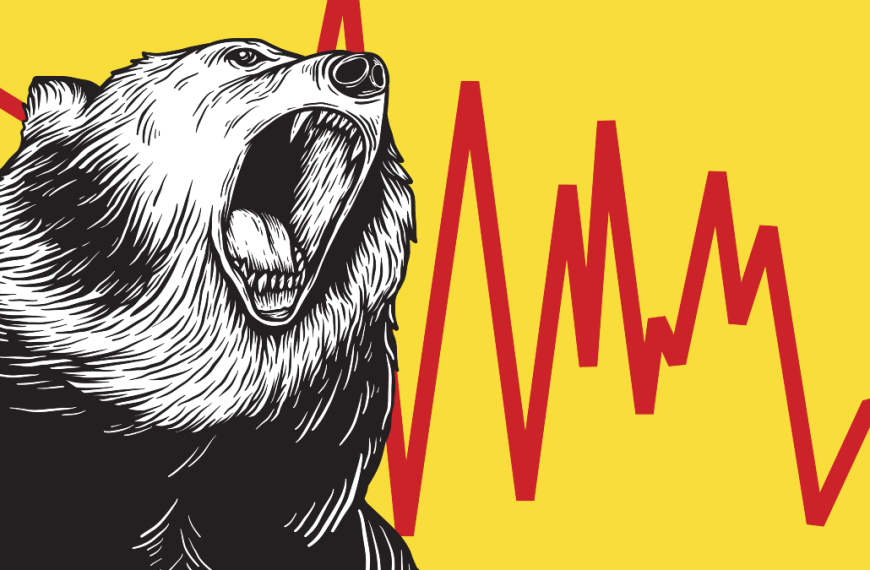The U.S. dollar experienced a dip on Thursday, reversing some of its impressive gains from the previous day. This shift followed President Donald Trump‘s decision to ease his aggressive rhetoric towards Federal Reserve Chairman Jerome Powell and his apparent softening stance on trade relations with China. Interestingly, Treasury Secretary Scott Bessent chimed in, clarifying that the U.S. does not have a specific currency target ahead of discussions with his Japanese counterpart.
Market Reaction to Trade and Federal Reserve News
The dollar has made a notable recovery from a 3.5-year low of $1.1572 against the euro, yet it faced selling pressure as European trading picked up. The euro strengthened by 0.5%, landing at $1.1368. According to Francesco Pesole, a currency strategist at ING, the dollar’s movements are heavily influenced by trade-related headlines. He noted, “While we see the risks leaning towards further declines for the dollar in the near term, we don’t anticipate the same level of relentless selling that has been observed recently.”
- Key Points:
- The dollar’s recent performance has been heavily swayed by trade negotiations.
- Discussions regarding the independence of the Fed could influence future movements in dollar value.
Investor Sentiment and Predictions
Investor confidence has fluctuated recently, particularly due to Trump’s sharp critiques of Powell’s cautious approach to interest rate cuts. This investor unease has positioned the dollar for its worst start to the year against a basket of currencies since the 1970s, according to data from LSEG. However, the administration’s newfound willingness to negotiate tariffs and a slight increase in confidence regarding Fed independence have provided a window for investors to buy U.S. assets.
Jan Hatzuis, chief economist at Goldman Sachs, expressed concern over the dollar’s prospects, predicting further declines. He stated, “A shift by non-U.S. investors to reduce their exposure to U.S. assets would likely lead to significant dollar depreciation.” He further emphasized that even a hesitation from foreign investors to increase their U.S. portfolios could place additional downward pressure on the dollar.
Currency Performance and Safe-Haven Assets
In the currency markets, the Swiss franc surged to its strongest position against the dollar in over a decade, reflecting substantial safe-haven inflows. On the day, the dollar fell 0.5% to 0.8268 francs. Similarly, the yen gained traction, with the dollar down 0.6% at 142.68, while sterling increased by 0.3% to $1.3288. The Chinese yuan also weakened slightly, trading at 7.2974 per dollar.
Bitcoin and Crypto Market Developments
In the world of cryptocurrencies, Bitcoin mirrored the volatility of U.S. stocks, initially rising even as the dollar rebounded. However, by Thursday, it had lost some momentum, declining 1.2% to $92,526. Meanwhile, interest in Trump’s meme coin surged by 33% overnight, fueled by a promotional event featuring a dinner with the president for top buyers of the $TRUMP coin.
As the dollar continues to navigate through a complex landscape of economic signals and investor sentiment, all eyes remain on how the interplay between trade negotiations and Federal Reserve policy will shape its future trajectory.











